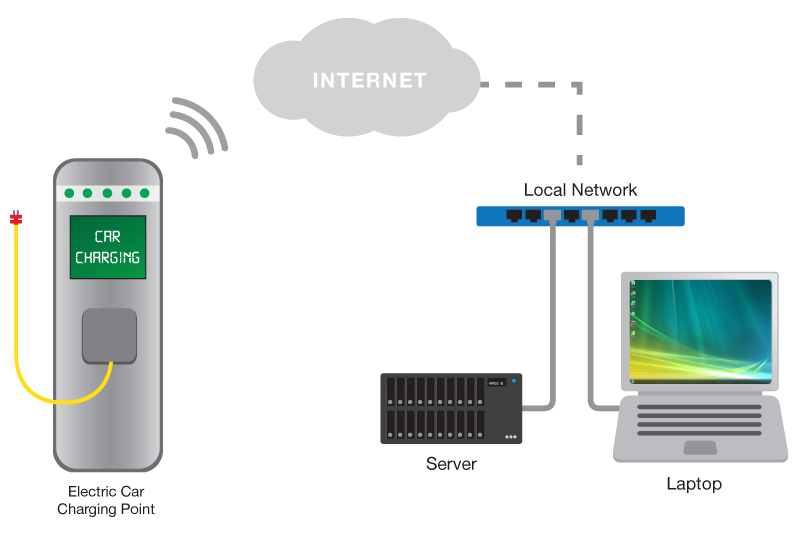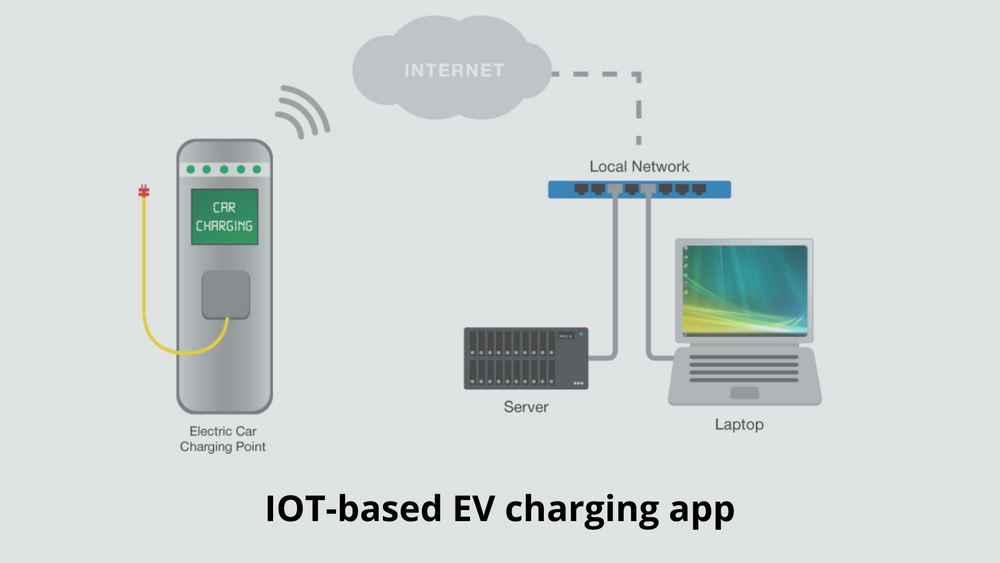IOT-based EV charging app
Hello People. This article discusses about technologies used in an IOT-based EV charging app.
The most significant technologies required to build an EV charging app include:
- Cloud environment: For example AWS, Google, Azure
- Database: For example MongoDB Integration, Postgress and Redis
- Communication Protocol: OCPP is a standard open source charging point protocol
- Real-time analytics: Big Data, Hadoop, Spark, Apache Flink, Cisco are some examples
- Server: NGINX is a web server that can also be used as a reverse proxy, load balancer, mail proxy and HTTP cache.
- Framework: Laravel Laravel is a open-sourcePHP framework for the development of web applications following the model–view–controller (MVC) architectural pattern and based on Symfony.
- Find user location: Google Places API, Google Maps, Core Location Framework
- Payments: Razorpay, Paypal, Braintree, Stripe, EWallets
- Push Notifications: Push, Twilio, Amazon SNS, Urban Airship, Firebase Cloud Messaging.
- MS, Voice and Phone verification: Twilio, Nexmo
- Front-end: ReactJS, HTML, Bootstrap and CSS for web application. React Native, Kotlin, Swift, Objective C for mobile applications.
- Back-end: Node JS and Python

OCPP protocol communicates between EV charging stations and its management systems.
Case 1: When the charging station is ON, the OCPP tries to connect with the management software. The software verifies the identity of the charging station. After successful verification, the IT backend sends a signal to the EV charging station management system to identify its availability. The station responds by providing its current status with the date and time.
Are you looking to start your business in the electric vehicle industry? We provide software development, web application development, mobile application development, charging stations management app, electric vehicle fleet management software development, cyber security and all software services. Please check our home page here https://iwheels.co/

Ok. Let's get back to the article.
Case 2: The authorization process begins when a user requests to start the charging. In response to the request, the power supply nozzle is unlocked and plugged into the e-vehicle to start charging. At this stage, OCPP sends another transaction message denoting that the charging process has begun.
Case 3: When the user wants to stop charging, identification verification is required again at the charging station through the mobile app. When the StopTransaction message is sent to the station, the charging is stopped and the user is ready to leave.
Hope this article on IOT-based EV charging app is useful to you. Please read about Tata power EV charging stations in Andhra Pradesh




